If you’ve ever been through the rebranding process, you know it can be a beast. And for good reason – brand identity is what makes a company, or brand, distinguishable to others.
The visual elements of brand identity are what you would imagine; colors, fonts, logo, etc. But a brand identity also defines a company’s voice, employee culture and the overall customer/client/consumer experience with the brand itself.
The overarching goal of branding is to cultivate a distinct presence and image that becomes recognizable to your target audience.
Why? Because your brand identity can do much more than make you look good. It can – and should – help drive the success of your key business goals by showing up in appropriate markets and appealing to your target audience.
Every element of your brand should align with your values and mission in order to deliver a clear message. If you have a deep understanding of your core business, your brand can be the bridge that connects you to your audience and helps drive your business forward.
Now that we’ve covered why it’s important, you can understand why the stakes are so high when you put resources into a rebranding effort. Here is a checklist of things to consider when rolling out a rebrand.
Take Inventory
What stays and what goes? If you’re an established business, there are likely characteristics of your brand that you’ll carry over to the “new you,” and some that you’ll want to amicably part ways with. To help get you started, we’re going old school here; take out a piece of paper and a pen. Draw two overlapping circles.
On the left-most circle, list out every characteristic of your brand that has defined you in the past, but no longer fits who you are. Next, in the space where the two circles overlap, list out all the defining characteristics of your brand that remain central to who you are and will continue to be in the foreseeable future. On the right-most circle, dare to dream. Look down the road; where do you want to be? The answers to that question should populate that space.
Logistical Plan of Attack
The day-to-day responsibilities of your business won’t stop because you’ve decided to tackle a rebranding effort, and unfortunately the patent is still pending on that device that magically adds more hours to the day. Rebranding efforts take time and resources to be effective, so it’s important that you have a plan for how you will allocate both.
Will you be handling all elements in-house, or calling in reinforcements? What can you shift off your team’s plate to make room for this extra helping? Set your team up for success by regularly communicating priorities and expectations throughout the process.
Strategy
This is the most important consideration of them all, because it defines all steps thereafter. Strategy is the horse that pulls the brand identity cart, so grab your overlapping circles and pin them to the wall; you just created your very own vision board. Carefully consider the content in each circle and refer to them often in this process to inform where you’ve been, where you are and where you want to be. We recommend packaging these items into a comprehensive communications plan and then using it to inform creation of an official brand style guide, but here are the highlights of what to nail down in this phase.
- Goals: Define or redefine your goals from both a business and marketing perspective.
- Objectives: Outline how you’ll get there; be specific about what tactics and initiatives are going to support the crushing of said goals.
- Audience: Who are the ultimate decision-makers when it comes to use of your product, service or expertise? What makes your ideal customer tick? If you don’t know where to start in defining your audience, try engaging in a buyer persona exercise.
- Voice: To find the right tone, take inspiration from your circles and list out who you are and who you aren’t. For example, your brand might be enthusiastic but not pushy. Passionate, but not offensive. Knowledgeable but not cocky.
- Messaging: While you may have a lot to say, attention spans are short and the playing field is flooded. Define the top five things that you want people to know about your business, then find 10 different ways to say each of those five things.
Refresh All the Assets
At this step, you know which way the ship is headed, and you’re building the tools that will get you downstream. How well you execute this phase will greatly determine how effective you are at meeting your goals. Now is not the time to phone it in – examine every existing asset and measure it against your shiny new direction and adjust as necessary. Some may remain untouched, others may need a spruce, and still others a complete overhaul based on the direction determined by the process above. Here is a list of some key items to survey at this stage:
- Mission statement
- Color palette
- Logo
- Website/App
- Letterhead
- Social media content
- Email signatures
- Signage
- Giveaway items
- Various printed collateral (case studies, brochures, business cards, etc.)
- Digital and print ad content
- Tradeshow booth elements
- Existing inbound email campaigns
- Press release templates
- SEO campaigns





